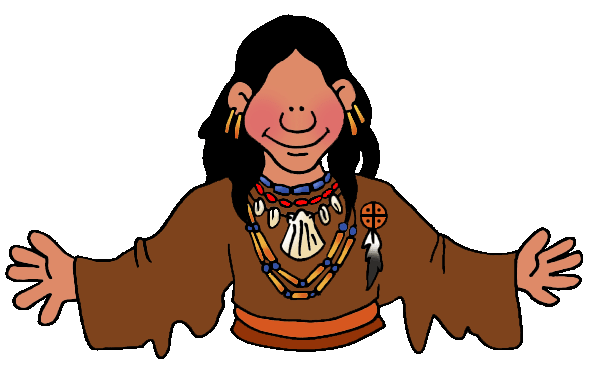Southeast Woodlands
The Native Indians known as the Southeast Woodlands were in what are currently the states of Alabama, Louisiana, Georgia, and some areas of Florida.
The Gulf of Mexico and the Atlantic Ocean are considered to be the boundaries of the Southeastern tribes. This area of the continent is known for its heat and high humidity.

Same cultural traits
The Southeast Woodlands tribes shared some of the same cultural traits as other indigenous people of the continent.
Climate and weather were the main reasons for the lifestyle, and many were both hunter gatherers as well as farmers.
In some cases there were tribes that remained in areas for long periods of time while others moved to where they could find better food sources.
Smaller clans
Each of the tribes had their own specific rules with many divided into smaller clans.
Their rules often included that no one could marry within their own clan, however, the Southeastern tribes were known for allowing more than one husband or wife.
Life in a majority of the clans had delegated duties for both men and women. The women were involved with domestic care including cooking, making baskets and pottery, caring for the young and old, as well as making clothing.
The job of the men was to ensure that there was enough food and were gone for long periods of time hunting. It was the job of the men to make the weapons, do the farming, and build the shelters.

Different Homes
Different tribes had different types of homes. In some cases, they would build a wig-wam, which is a kind of shelter made of sticks and logs that are covered with grass.
The type of home depended upon the climate and weather, and they were expert builders.
Other structures were houses with thatched rooftops or even a 2-story home covered in tree bark.
Many tribes had two different homes: 1 for winter and 1 for summer. Each was made out of different materials to protect from weather, heat or cold.
The Three Sisters
Just as many of the Native Indians, the Southeastern groups followed “the three sisters” planting rule of plant rotation of corn, squash, and beans. They also grew tobacco and sunflowers as main crops.
They had a varied diet, often adding additional nutrients by consuming fungi and wild plants.
Facts about Southeast Woodlands Indians
- Southeastern Indians were known for wearing bright colors.
- Women often wore moss and wool in the winter to stay warm.
- Corn or “maize” was the most important crop and the people celebrated with the annual fall “Green Corn Festival.”
- The festival involved lots of dancing, eating, fasting, and various religious ceremonies.
- The Southeastern Indians often organized their lives around the market villages that were called “hamlets.”
- The hunting and fishing of this group involved using bow and arrow to hunt deer as well as fishing in the rivers. Some of the tribes created very sophisticated methods to trap mussels, clams, and various salt water fish.
- There were quite a few different languages among the Southeastern Indians, with the major population groups of Caddoan and Muskogean.
- The most notable of the indigenous people of the Southeastern group were the “Five Civilized Tribes” of Cherokee, Chickasaw, Choctaw, Creel, and Seminole.
What did you Learn?
What are the main seafood types that the Southeastern Indians fish and trap:
mussels, clams, and various salt water fish
What additional items did the Southeastern Indians consume to supplement their diet?
Fungi and wild plants
Besides corn, squash, and beans, what two other crops were the Southeastern Indians known to grow:
Tobacco and sunflowers
What is a wig-wam?
A shelter made of sticks and logs that is covered with grass
What are the two most dominant languages of the Southeastern Indians?
Caddoan and Muskogean
What were the main reasons for the Southeastern Indians to have up to two different types of homes?
Climate and weather
Other Resources
History.com – Native American Cultures
Wikipedia.org – Indigenous peoples of the Southeastern Woodlands
khanacademy.org – American Indian culture of the Southeast



